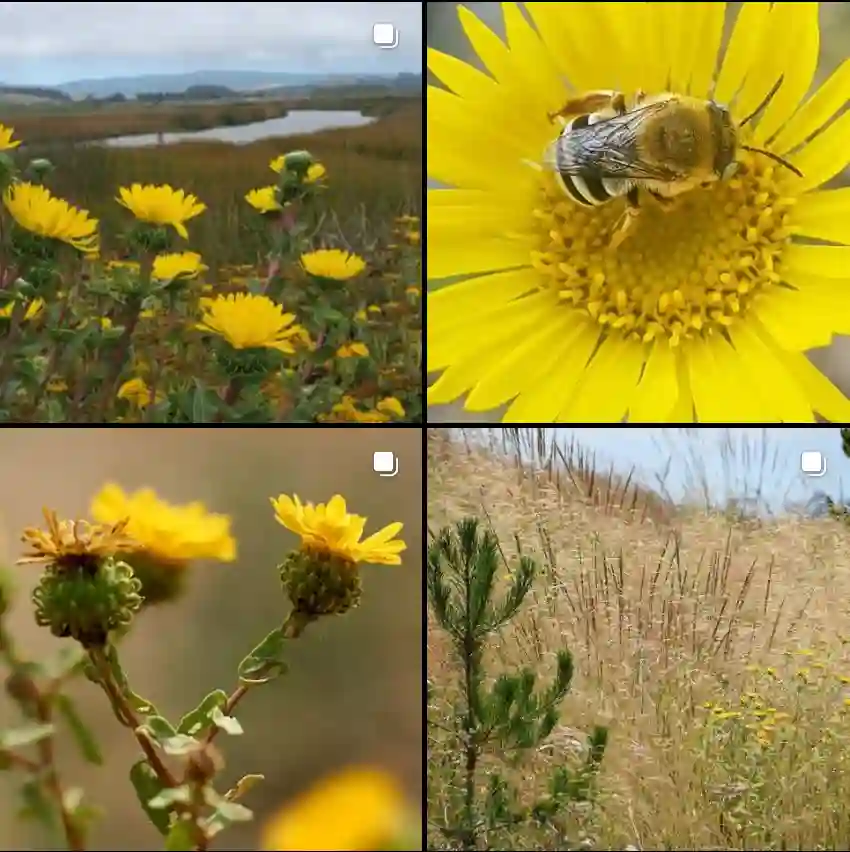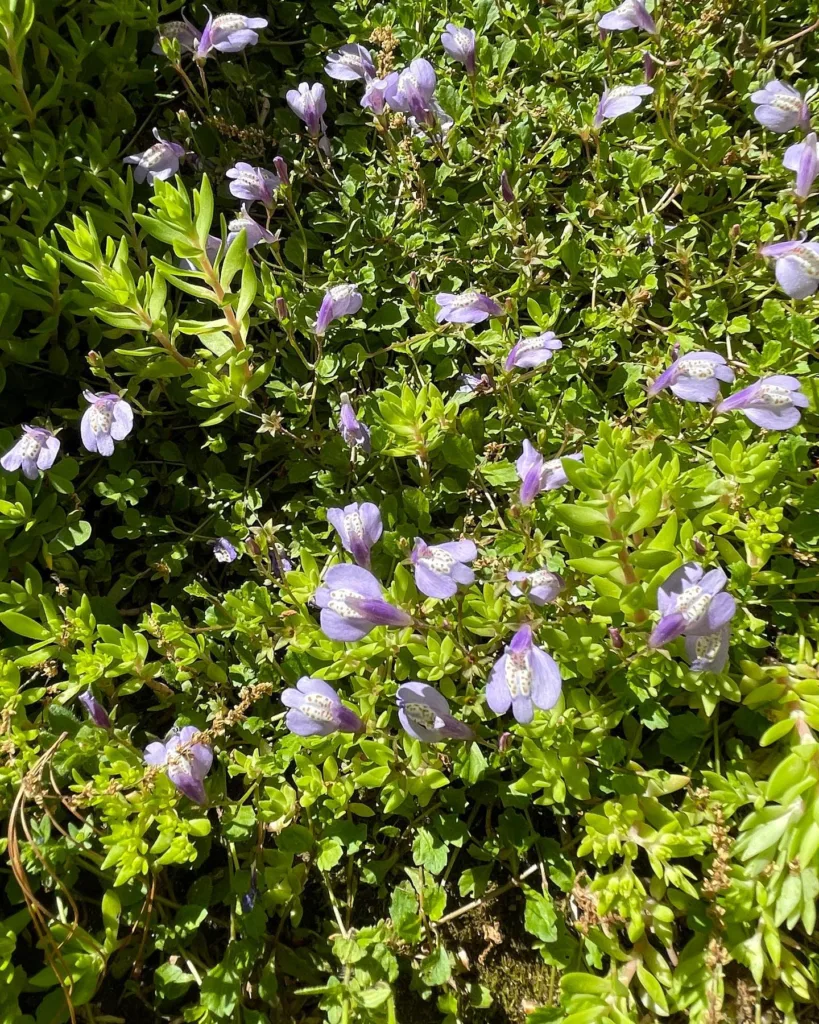The Candelabra Tree: A Striking Succulent for the Patient Gardener
For the past few years, I’ve been on a mission to transform my balcony into a haven for unique and low-maintenance plants. That’s how I stumbled upon the Euphorbia candelabrum, also known as the Candelabra Tree. This architectural marvel stole my heart with its spiky branches reaching for the sky, resembling a candelabra (hence the name!). But beyond its captivating looks, I was surprised to learn it’s a succulent – perfect for my forgetful watering habits.
However, keeping this statuesque succulent thriving requires a specific approach. Let me share my experience and the knowledge I’ve gathered about caring for the Euphorbia candelabrum.
2093 Species in Genus Euphorbia
What is Euphorbia Candelabrum?
The Euphorbia candelabrum is a native of the Horn of Africa and eastern Africa, thriving in the hot and dry climate of the East African Rift Valley. This succulent belongs to the Euphorbiaceae family, known for their milky white latex, which can be toxic. So, be cautious when handling the plant and wear gloves if necessary.
Euphorbia Candelabrum vs Ingens
From my experience, Euphorbia candelabrum has a more sculptural and architectural presence in my garden, while Euphorbia ingens, although impressive, tends to blend more into the background with its softer, less defined shape.
How to Care for Euphorbia Candelabrum?
While the Candelabra Tree is relatively low-maintenance, it has specific needs to flourish on your balcony or patio. Here’s a breakdown of the key care aspects:
- Light: This sun-worshipper thrives in full sun, ideally receiving at least 6 hours of direct sunlight daily. South-facing balconies or patios are ideal locations.
- Watering: Remember, it’s a succulent! Overwatering is the enemy. Allow the soil to dry completely between waterings. During the summer months, you might need to water every 1-2 weeks, but adjust based on your climate and pot size. In winter, watering can be even less frequent.
- Soil: Drainage is paramount. Use a well-draining cactus or succulent mix. You can even create your own by mixing potting soil with perlite or sand for extra drainage.
- Potting: Choose a pot with drainage holes to prevent waterlogging. As the plant matures, repotting into a slightly larger container might be necessary every few years.
- Temperature: The Candelabra Tree prefers warm temperatures, ideally between 65°F and 85°F (18°C and 29°C). It can tolerate short periods of cold down to 40°F (4°C) but avoid frost.
Candelabra Tree in Winter?
During winter, when growth slows down, provide less water and protect the plant from frost. You can move it indoors to a sunny location if temperatures drop significantly in your area.
Encouraging Branching: A Patience Game
The Candelabra Tree naturally branches as it matures. However, if you’re looking to encourage bushier growth, here are some tips:
- Provide adequate sunlight: As mentioned earlier, sufficient sunlight is crucial for promoting healthy growth and branching.
- Be patient: This is a slow-growing plant, so don’t expect dramatic branching overnight.
- Mature plants can be pruned: Once your Candelabra Tree reaches a mature size (usually several years old), you can carefully prune some of the top branches to encourage new growth lower down. However, this is an advanced technique, so research proper pruning methods before attempting it.
A Word of Caution
The milky white latex of the Euphorbia candelabrum is toxic. If it comes into contact with your skin or eyes, rinse the affected area thoroughly with clean water. If ingested, seek medical attention immediately. Keep this plant out of reach of children and pets.
The Reward: A Statement Piece
The Euphorbia candelabrum is a conversation starter. Its unique form and architectural presence add a touch of drama to any outdoor space. With proper care and a little patience, you can cultivate this magnificent succulent and enjoy its sculptural beauty for years to come.
If i die, water my plants!



